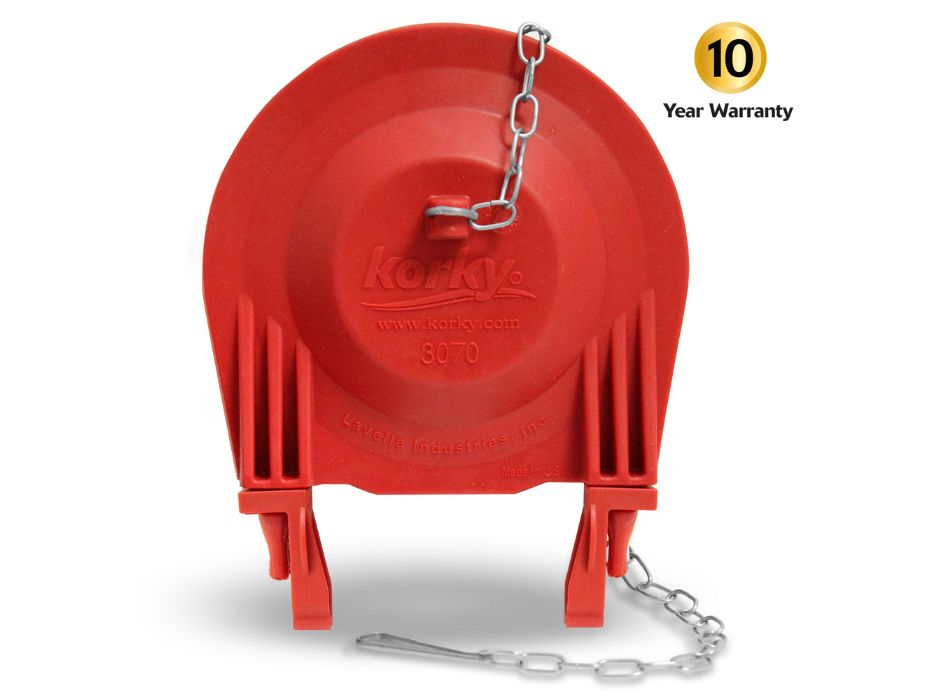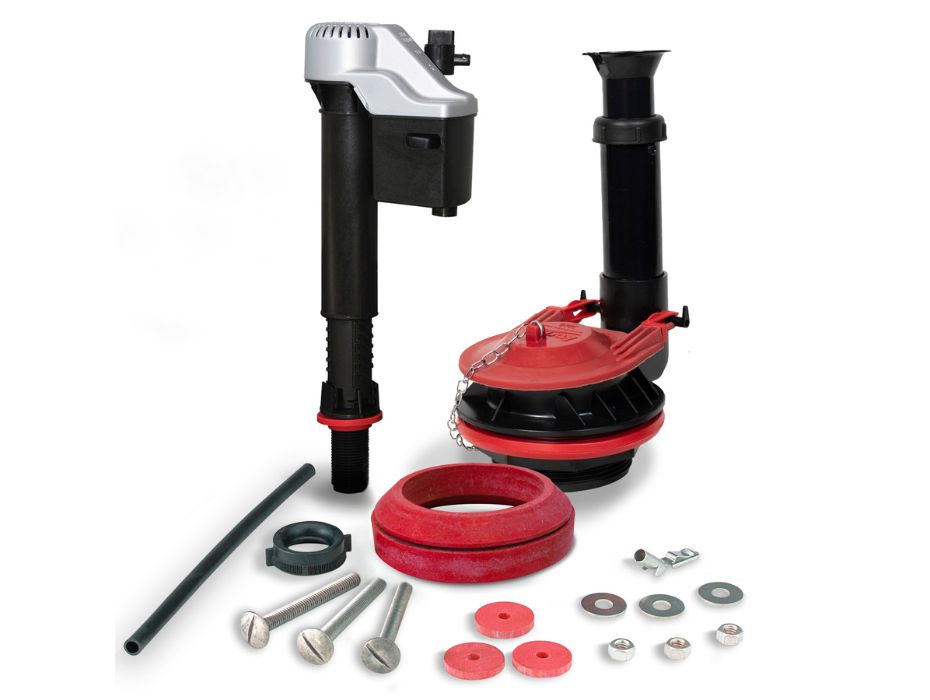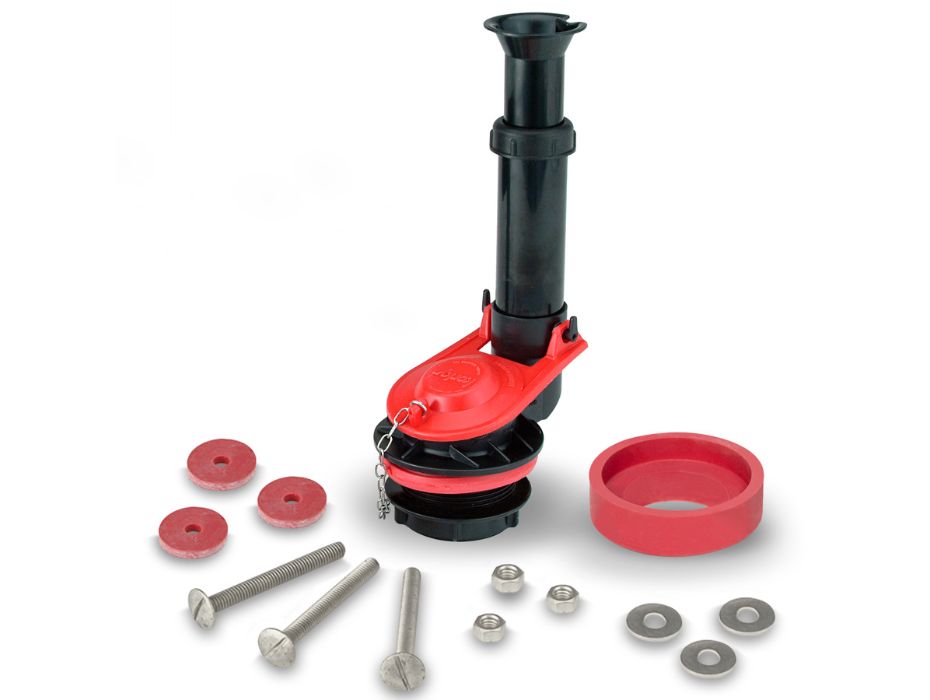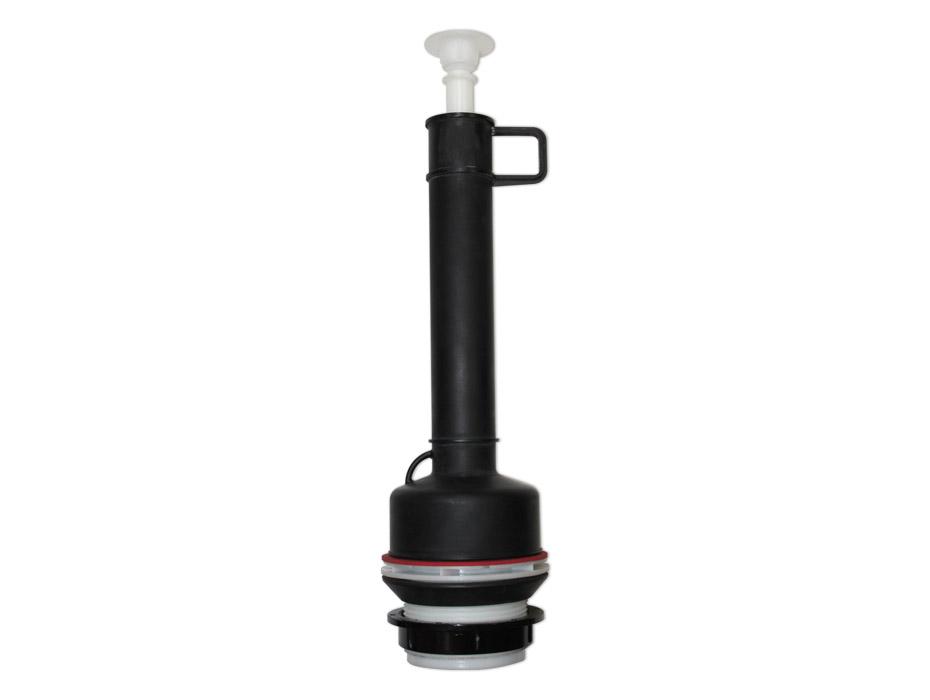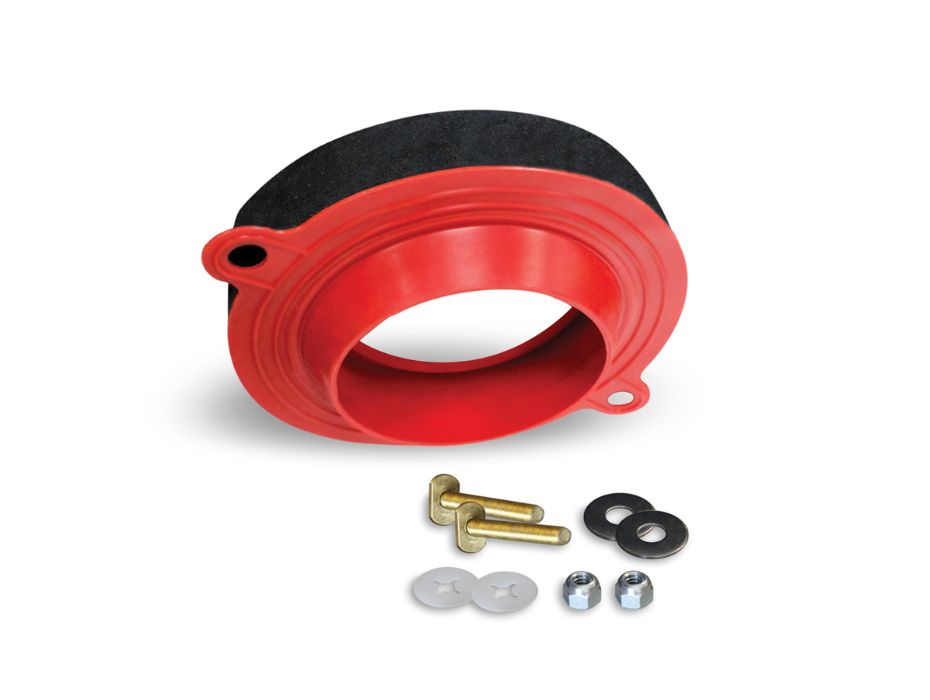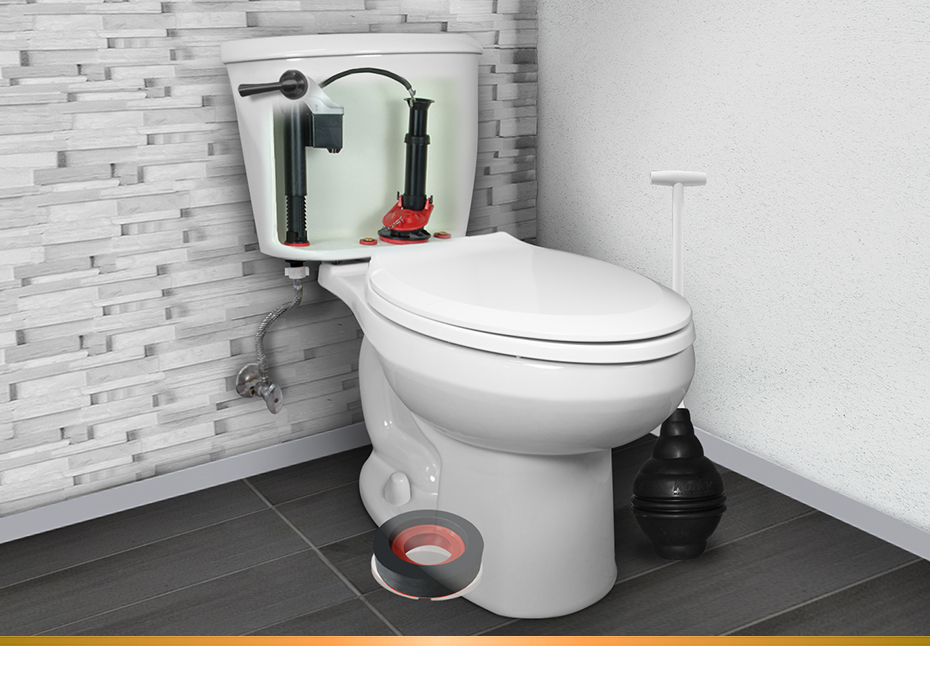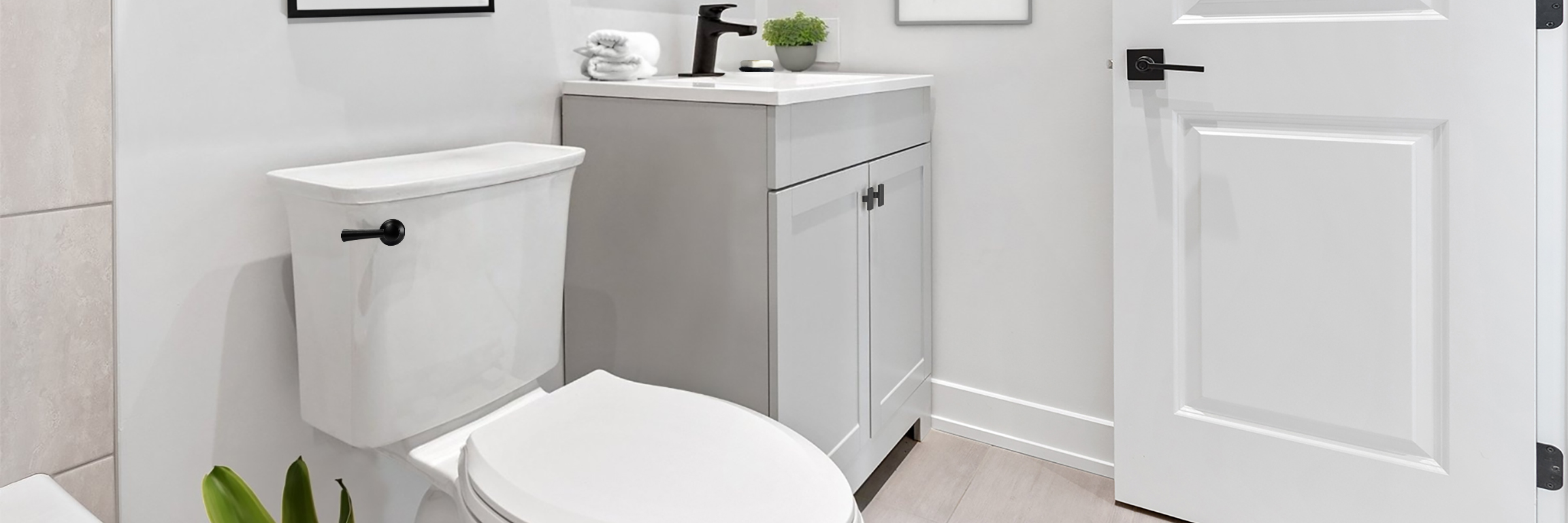How to Replace Toilet Flapper
Do you know how to replace a toilet flapper? It is very simple! Replacing a flapper is a normal home maintenance that needs to be done every five to ten years.
Well-water, municipality water, hard water, and cleaning tablets can accelerate the flapper's deterioration over time.
Fixing a running toilet is the easiest way to conserve water and save money. Most of the time, a leaky flapper is the root cause with a simple solution: replacement.
Confirm You Have the Right Flapper
Knowing you have the right flapper for the job is the most important step, as certain toilet flush valve models can require a specific fit. Universal toilet flappers are the best choice when choosing a flapper, but knowing what size you need before proceeding is crucial. Try reading our guide about determining flapper size for more guidance.
If you are still unsure, try using our Toilet Genius Assistant® to find a compatible Korky flapper for your toilet. You could also take a picture and compare it to the many different options of Korky toilet flappers that are available online.



